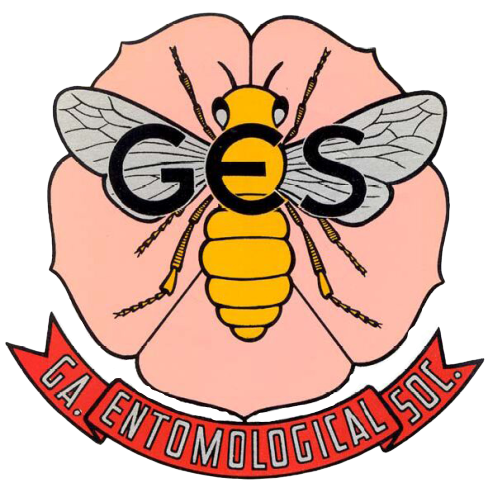Understanding the Impact and Risk of Delia radicum (Diptera: Anthomyiidae) Infestations on California Broccoli1
Abstract
Cabbage maggot, Delia radicum (L.) (Diptera: Anthomyiidae), is an important pest of brassicas worldwide, including on the Central Coast of California. Although D. radicum larval feeding and damage are reported, the impact of infestation on plant growth and the potential effects of soil type on larval survival have not been fully investigated. Thus, the objectives of this study were to determine (1) the effects of D. radicum infestation on broccoli growth and (2) the performance of D. radicum larvae when exposed to various soil types on the Central Coast of California. As a case study, a D. radicum-infested broccoli field was selected 8 weeks after plant emergence. The health status of plants on the basis of vigor and D. radicum infestation was established using a 1–6 rating scale. Health status and plant development were monitored for 5 weeks. The results demonstrate that D. radicum infestation caused asynchronous plant growth and development of florets, which can potentially result in complete crop loss. Of 18 soil types evaluated on the basis of a laboratory experiment with turnip discs, the Diablo Clay, Lockwood Loam, and Oceano Sandy Loam soils resulted in reduced D. radicum feeding activity relative to other soil types sampled from the Central Coast of California. Delia radicum larval mortality was greatest on the Diablo Clay soil. Thus, vegetable fields with Diablo Clay, Lockwood Loam, and Oceano Sandy Loam soils may benefit from reduced D. radicum densities for Brassica production.
Contributor Notes
